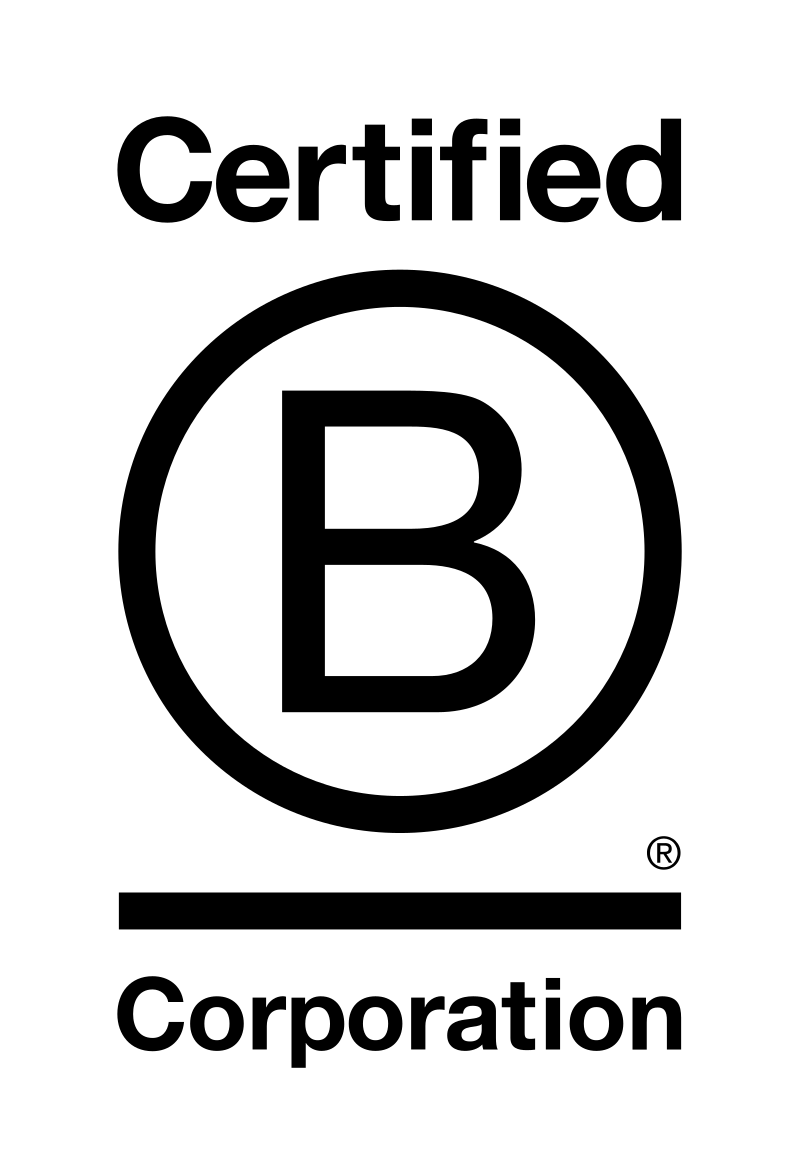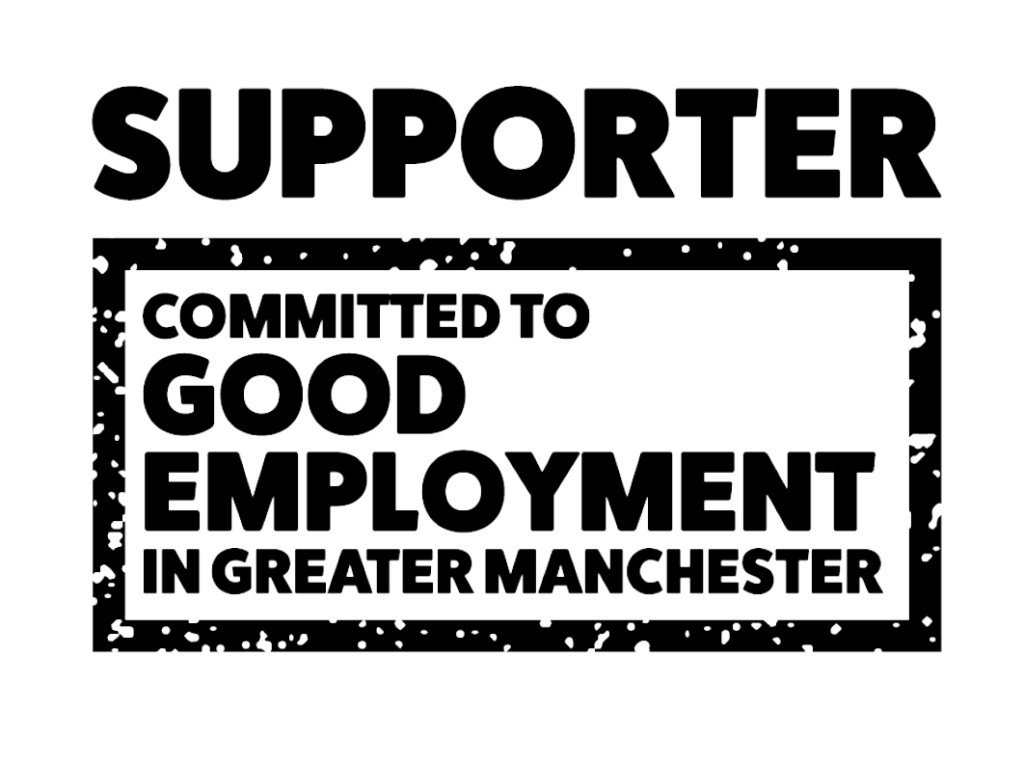
Our Marketing and content executive, Amy keeps a close eye on emerging trends, helping shape content that feels current, relevant, and genuinely thoughtful. She takes the time to understand what matters to clients, bringing a personal, considered approach to everything she works on. From brand messaging to campaign strategy, Amy ensures each piece feels true to its purpose and audience.
In agency life, it can feel like a constant juggling act: servicing clients, attending events, building pipeline, nurturing your team, and somewhere, somehow, promoting your own services.
It’s a challenge agencies know all too well.
And let’s be honest, self-promotion often slides to the bottom of the to-do list.
But here’s the thing, it doesn’t have to. With the right mindset and habits, marketing your agency can become second nature rather than a forced extra. You don’t need to overhaul your operations, just get smarter with how you work and what you share.
We’ve struggled with it and here’s how we’re learning to do exactly that.
Agencies have dozens of valuable conversations every week – with clients, in internal meetings – use those touchpoints as content ideas. What questions are clients asking again? What’s come up in recent brainstorms? What problems are you having internally? If your team’s talking about it, your audience probably wants in on the conversation too.
Make it actionable:
This keeps your content rooted in real agency thinking, not abstract trends or over curated opinions.
Not every post has to reinvent the wheel. It’s OK if someone else has covered the topic before, your take is still worth sharing.
What matters more than originality is clarity, relevance and consistency. Share insights, explain the “why” behind your work, and give your audience something to take away.
Remember: Less than 1% of LinkedIn users post regularly. That means showing up even with small updates puts you in the top tier of visibility. Use that to your advantage.
Personal posts perform better.
Algorithms favour them, audiences engage with them, and they build trust in a way brand-led content often can’t. When someone shares what they’re working on, learning, or even just thinking about, it feels real, not rehearsed or pushed out.
People connect with people. And when your team shares content from their own accounts, it doesn’t just amplify reach, it adds warmth, credibility, and variety to your agency voice. The brand becomes a collection of real people, not just a logo.
That’s why we love brands like Refy and Odd Muse. Their tone is personal, direct and human, like they’re talking to a friend, not broadcasting to a crowd. No pushing CTAs, no over polished messaging. Just a clear sense of who they are and what they care about.
Encourage your team to do the same. Whether it’s a quick reflection, a behind-the-scenes post, or a learning they want to share. That kind of content builds trust, grows reach, and feels natural (and easier) to create.
When your people show up, your brand shows up stronger.
What’s worked for us to make are content more personal:
Finished campaigns are great and have their purpose, but don’t forget to show how you got there.
People love to be curious, instead of just showing off finished campaigns, walk people through how you got there, focus on the process. It not only fuels people’s interests but it humanises the brand and shows the thinking, mistakes and the journey behind the work.
Your content has more life than you think. That report you wrote six months ago? It could become:
You don’t always need new content, you need new angles. Audit what already exists and find creative ways to breathe new life into it.
An easy way to do this is to create a “content warehouse” – a shared folder with core assets, key stats, past blogs and posts. Make it easy for anyone to repurpose content without having to look through all the content.
Networking doesn’t need to mean dozens of events. Focus on quality over quantity – the events, communities or conversations where your ideal audience is paying attention.
Whether it’s a speaking gig, a panel discussion, or an event after work, visibility matters and showing up regularly builds your reputation over time.
Encourage your team to go to events that inspire them, not just the “big” ones. The right rooms often look different depending on the person and the purpose.
Let’s normalise this: you don’t have to do it all in-house.
There’s no shame in outsourcing some of your own marketing, just like your clients do. Whether it’s content creation, video editing or podcast production, bringing in external support can help you stay consistent without overloading your team.
Self-promotion doesn’t mean shouting the loudest. It means showing up consistently, sharing what matters and doing it in a way that feels honest and useful but most importantly manageable. The agencies that win trust are the ones that own their voice and stay visible, even when client work gets busy.
So, start small. Build habits. Repurpose what you already have. And give your team permission to show up.


